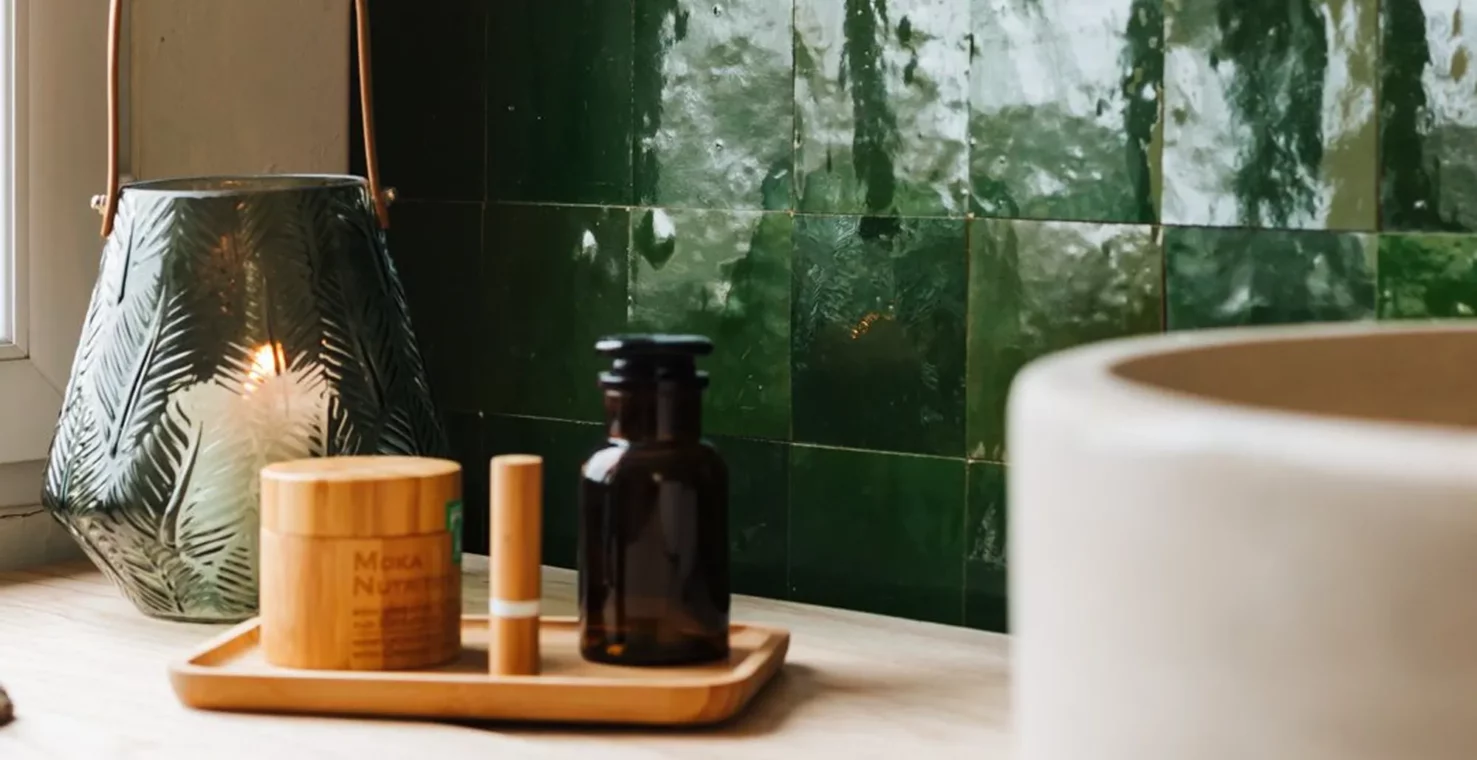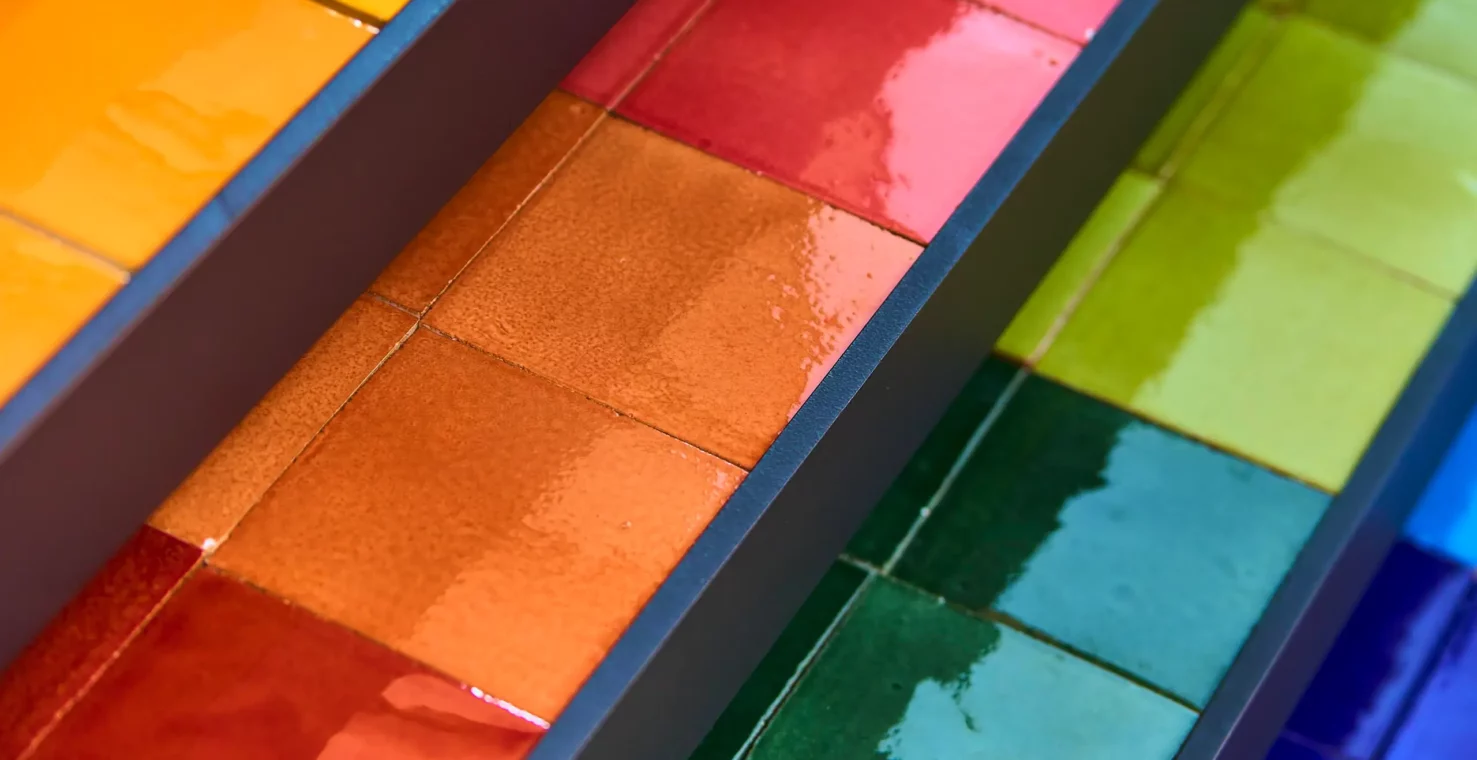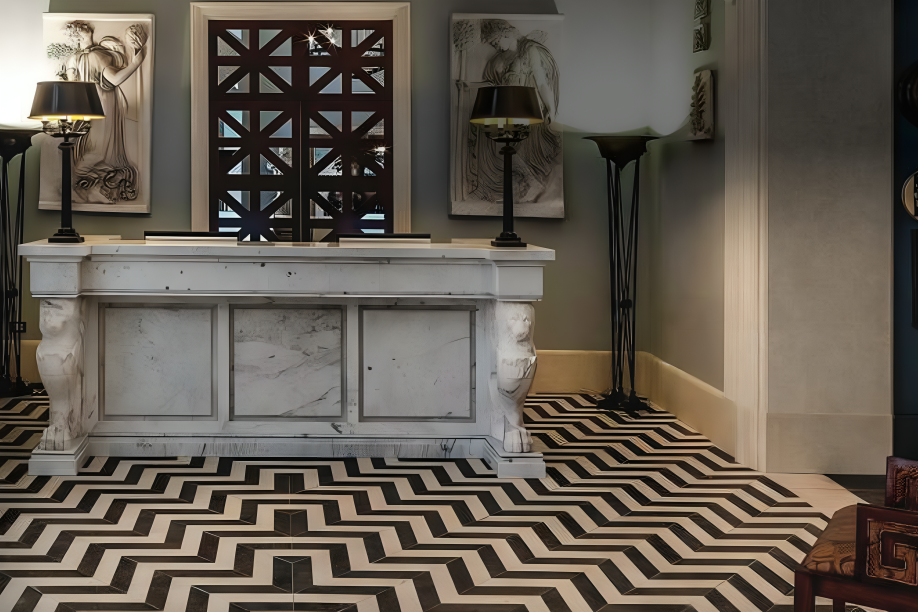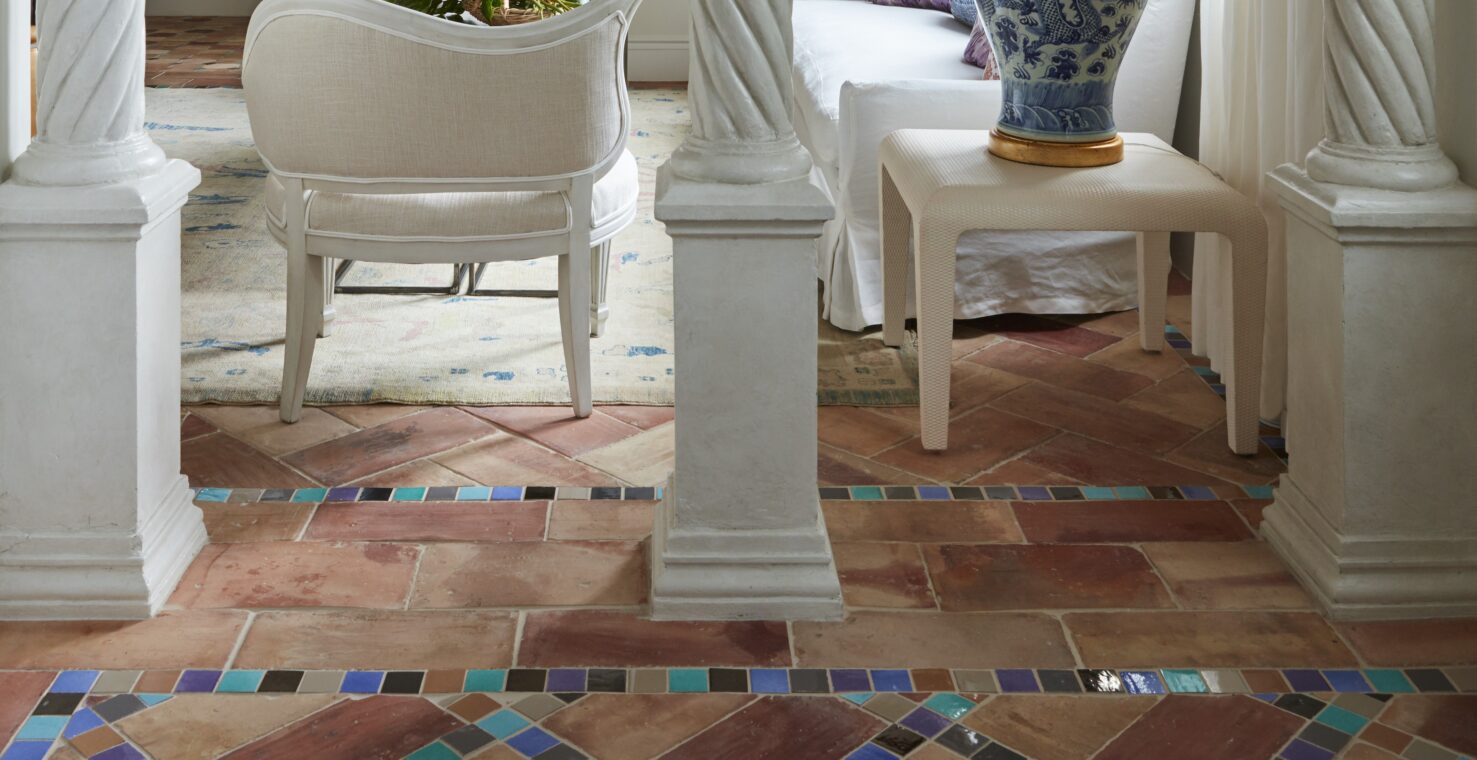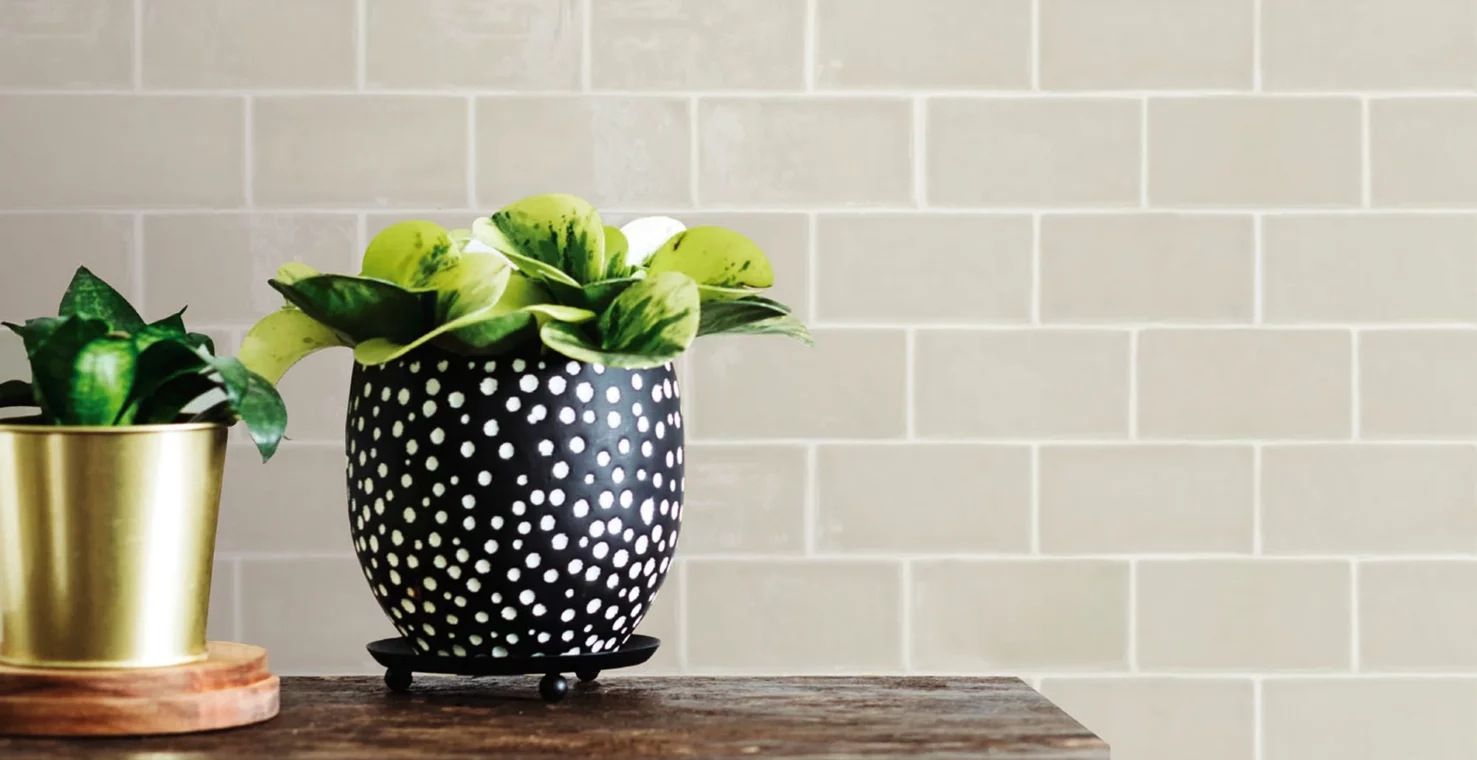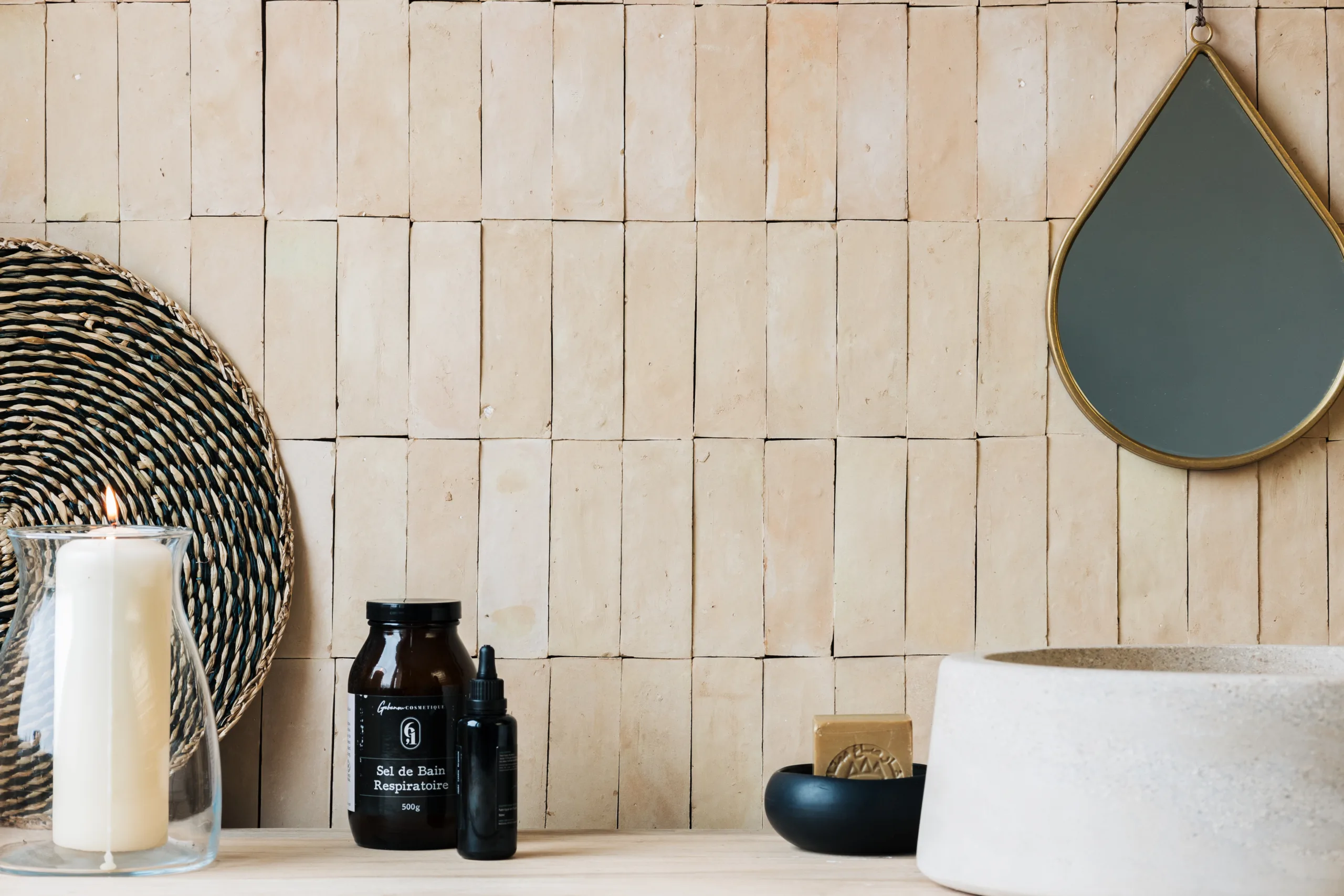Encaustic tiles are a type of decorative cement tile known for their varying colors, unique patterns, and incredible durability. These tiles are meticulously handcrafted using a combination of natural materials and traditional techniques. Made from pigmented cement, each tile is poured, pressed, and cured to create a durable and visually striking surface. The variations and imperfections inherent in encaustic tiles contribute to their artisanal charm.
1. Understanding the Distinctive Qualities of Encaustic Tiles:
1.1 Handcrafted Beauty: Encaustic tiles are handmade, resulting in unique variations in color, pattern, and texture. These variations are part of the tile’s allure and should be celebrated as a testament to their artisanal craftsmanship.
1.2 Organic Imperfections: Encaustic tiles may exhibit slight irregularities, such as variations in thickness, minor chips, or slight warping. These imperfections are inherent to the traditional production process and do not compromise the tile’s integrity or performance. Instead, they enhance the character and authenticity of the finished installation.
1.3 Versatile Applications: Encaustic tiles can be used in various interior and exterior settings, including interior and exterior floors, walls, backsplashes, and fireplace surrounds. Their durability makes them suitable for both residential and commercial spaces, adding a touch of timeless elegance to any design.
2. Tile Inspection and Blending:
2.1 Inspecting Your Shipment: Upon receiving your encaustic tile order, carefully examine the tiles for any visible damage or discrepancies. Due to the handmade nature of these tiles, expect slight variations in color, pattern, and texture. In cases of more serious damage, please refer to our Cancellation and Return policy.
2.2 Blending Tiles: To achieve a harmonious and balanced look, it is recommended to blend tiles from different boxes during installation. Blending helps distribute color variations evenly across the surface, creating a cohesive and aesthetically pleasing result. Avoid using tiles from unblended boxes, as this can lead to noticeable color patches or inconsistencies.
3. Installation Process:
3.1 Engaging an Experienced Installer: It is highly recommended to hire an experienced installer familiar with working with encaustic tiles. Their expertise will ensure proper handling, installation, and maintenance, maximizing the longevity and beauty of your encaustic tile installation.
3.2 Pre-installation Preparation: Before installing encaustic tiles, ensure the surface is clean, level, and free from any debris or moisture. Proper preparation of the substrate is essential for a successful and lasting installation.
3.3 Adhesive Application: Use a high-quality thin-set adhesive suitable for cement tiles. Apply the adhesive to the prepared surface using a notched trowel, ensuring full coverage and a consistent layer thickness. Additionally, back-butter each tile with adhesive to ensure secure adhesion.
3.4 Placement and Spacing: Set each encaustic tile into the adhesive one at a time, gently pressing it into place. Due to the handmade nature of encaustic tiles, expect slight variations in size. Use tile spacers to maintain consistent spacing between tiles and ensure straight grout lines.
3.5 Cutting and Grouting: When necessary, use a wet saw or tile cutter to make precise cuts on encaustic tiles. Take care to protect yourself and the tiles during the cutting process. Once the tiles are in place, allow the adhesive to cure before grouting. Select a grout color that complements the design and use a grout float to apply it, ensuring complete coverage and proper filling of grout joints.
3.6 Cleaning: After grouting, clean the tiles using a damp sponge or cloth to remove any excess grout or haze. Avoid using abrasive cleaners or acidic substances that can damage the tiles’ surface or patterns.
4. Specific Installation Considerations:
4.1 Encaustic Tiles on Floors: Encaustic tiles are highly durable and well-suited for both residential and commercial flooring applications, including high-traffic areas. They can withstand heavy use and maintain their beauty over time. Ensure the subfloor is structurally sound, clean, and level before installation to promote proper bonding and stability.
4.2 Encaustic Tiles in Wet Areas: Encaustic tiles can be used in wet areas such as bathrooms, shower floors, and kitchen backsplashes. Proper waterproofing measures, such as applying a waterproof membrane or sealer, should be implemented to protect the underlying surfaces and ensure longevity. They should not be used in pools or fountains.
5. Maintenance and Care:
5.1 Regular Maintenance: Encaustic tiles are relatively low-maintenance and can be cleaned with mild soaps or pH-neutral cleansers. Avoid using abrasive materials or harsh chemicals that may damage the tiles’ surface or affect their vibrant colors.
5.2 Sealing: Encaustic tiles are pre-sealed during the manufacturing process. However, to provide an extra layer of protection and facilitate maintenance, applying a penetrating sealer is recommended. Consult with your installer or tile supplier to determine the appropriate sealer type and frequency of application.
5.3 Aging and Patina: Over time, encaustic tiles may develop a beautiful patina, enhancing their vintage appeal. The colors may subtly change or fade, reflecting the tile’s natural aging process. Embrace these changes as part of the tile’s character and unique charm.
In conclusion, encaustic tiles offer a timeless and artistic touch to any space. By following the guidelines provided in this user guide and enlisting the expertise of a professional installer, you can ensure a successful installation and enjoy the enduring beauty of encaustic tiles for years to come.
